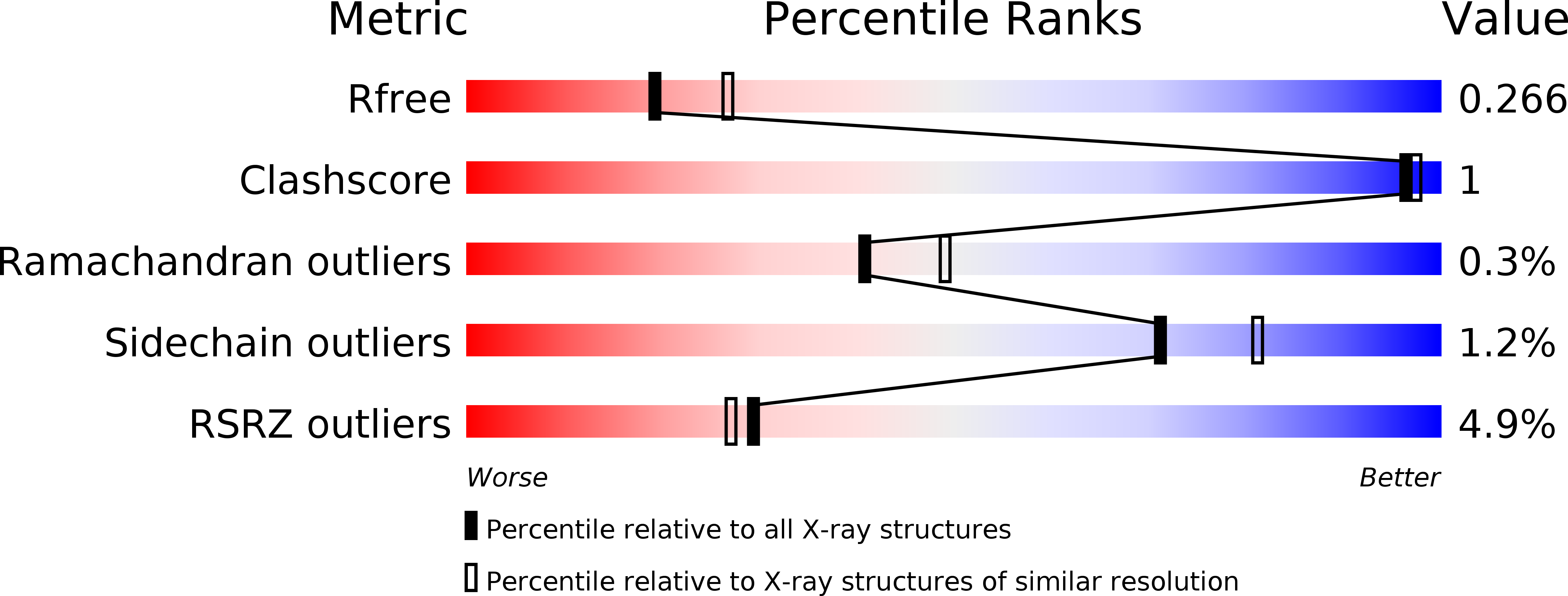
Deposition Date
2018-01-16
Release Date
2019-01-30
Last Version Date
2024-11-20
Entry Detail
PDB ID:
6C5M
Keywords:
Title:
Structure of glycolipid aGSA[8,9] in complex with mouse CD1d
Biological Source:
Source Organism:
Mus musculus (Taxon ID: 10090)
Host Organism:
Method Details:
Experimental Method:
Resolution:
2.45 Å
R-Value Free:
0.25
R-Value Work:
0.19
R-Value Observed:
0.20
Space Group:
P 1 21 1


